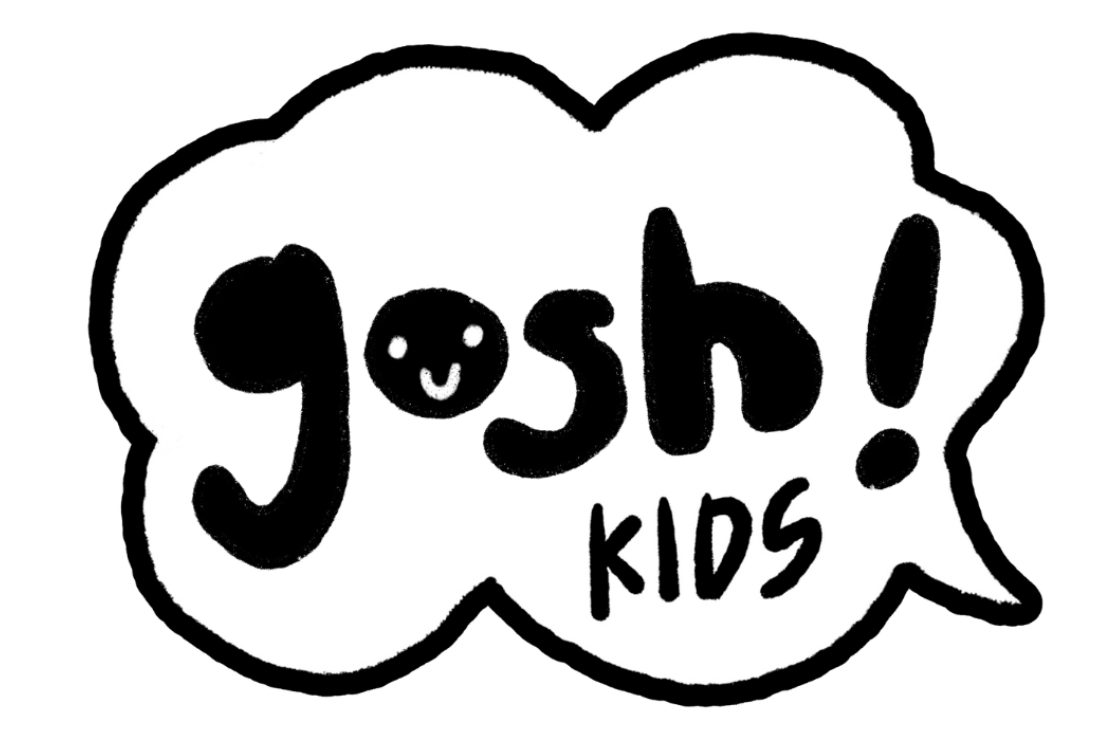How To Generate 100s of Ideas (Bye Bye Mental Block)
+3 simple tips on how to get your child to unleash novel and innovative ideas to anything they do
The Creativity Faucet
Today I’ll talk about a mental model coined by Julian Shapiro that I believe will help your child unleash the well of creativity within them. Thereafter, I'll give you 3 tips on how you can apply this to your children's lives and never experience a mental block again.
It’s called the creativity faucet.
It’s the idea that creativity is an unlimited resource. A constant flood of novel ideas. The more you create, the more inspiration seem to flow.
It is as if the act of creating opens the faucet and allows the creative juices to flow freely, but not at first.
Your child’s first few essays are the worst. 30 essays later, they’re so much better.
Shapiro likens creativity with the practice of songwriting.
Check out this video by Ed Sheeran on his mental model of songwriting:
Ed compares the his process to turning on a dirty tap.
At first, the songs he writes sounds terrible, but it's important to keep writing and getting them out of your system. Over time, the "dirty water" will clear and you'll start writing better songs.
Another similar point of view by John Mayer.
John shares his secret on the art of improvisation.
The raw, instinctual feeling that comes with playing music, and the need to seize the moment and not waste time. He emphasised the power of perseverance and pushing oneself beyond their comfort zone.
Finding the delicate balance between being hyper-aware of the process of creating a song, while also allowing oneself to get lost in the creative flow.
Trusting your own instincts, even when they feel vulnerable.
Your kids need to know this. Confronting head-on with the ugly, bad and awful ideas you have is necessary. That’s the power of improvisation, perseverance, and fearlessness in the pursuit of artistic expression.
Great insights.
So how can we apply this to your children's lives?
3 tips to help your child generate 100s of novel and innovative ideas into anything they do.
#Tip 1: Empty your child’s mental ‘pipe’
Your child should begin the process by generating bad ideas and emptying them out of their minds.
This can be done by free writing. Write down every idea that comes to mind without self-criticism or judgement for 5 minutes. Do this almost continuously, spilling everything onto the notepad in-front of them.
This practice identifies cliches and overused ideas, freeing up space for original and creative ones.
In our photography programmes, every student receives a Creative Process Journal (CPJ) that helps them filter out the dirty ideas and focus only on generating powerful perspectives.
#Tip 2: Seek inspiration from other sources
Inspiration is the cog in the creativity machine. But there are multiple cogs that drive the machine forward.
Ultimately, all good outcomes derive from a network of connecting ideas from different places. It’s necessary that children seek inspiration from other fields that they’re unfamiliar with.
Ever had a person you look up to? Have something you really admire? Google it, ChatGPT it, find out their best practices and their thought processes. Get AI to do the work for you.
Think about how it applies to your kids' task. Don't be surprise that many things do apply to each other.
Connect the dots. Draw the lines. Come up with your own game plan.
#Tip 3: Improvise, improvise, improvise
Remember the first time we ever did anything? You should see my first few photographs or illustrations. They were yucks.
But we get better with time.
I previously wrote an edition on the principle of one-in-a-row, where children build their creativity one row at a time before it compounds into a new level of prowess.
And that’s how all great things come about.
Continuous experimentation on the previous idea to build the next better project.
Do it once. Do it again. Thereafter, do it again.
Your child will get there eventually.
The short of it?
Confront the awful ideas. Taste the bad water. Let it out. Keep improving. Eventually, the sweet-tasting ones will come.
Be well,
Miss G (@gladyssoh)

